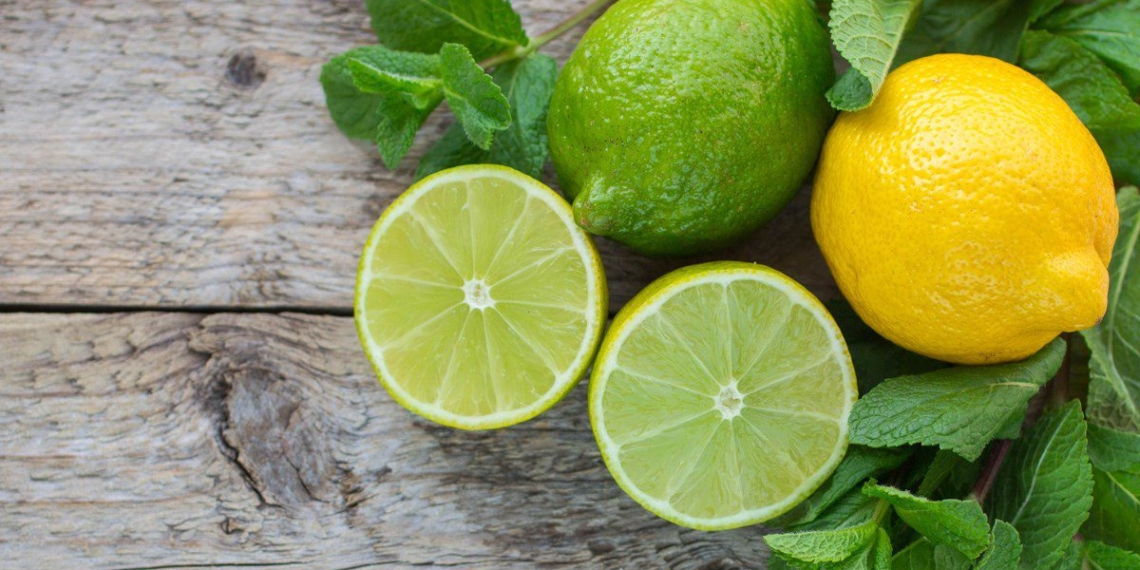Lemons are a familiar type of fruit and are often used as food, but do you really know everything about lemons, how to choose and buy them, and how to store them so they last longer? Visit the cooking tips section to learn with TasteVN right now!
1. Common types of lime in Vietnam
Local lime
Local lime originates from Southeast Asia, later appearing in Middle Eastern countries and the Caribbean, from which this lime variety gradually spread to tropical and subtropical regions. Until now, local lime seems to be present in almost every country in the world.
Local lime belongs to the shrub species, with a stem that has many sharp thorns and rarely grows straight but spreads out with many branches. The leaves are oval-shaped and slightly pointed at both ends. Lime flowers are usually white with a yellow tint, featuring light purple veins.
The peak fruiting time for local lime is from May to September, with the fruit ripening 5 to 6 months after the flowers bloom.
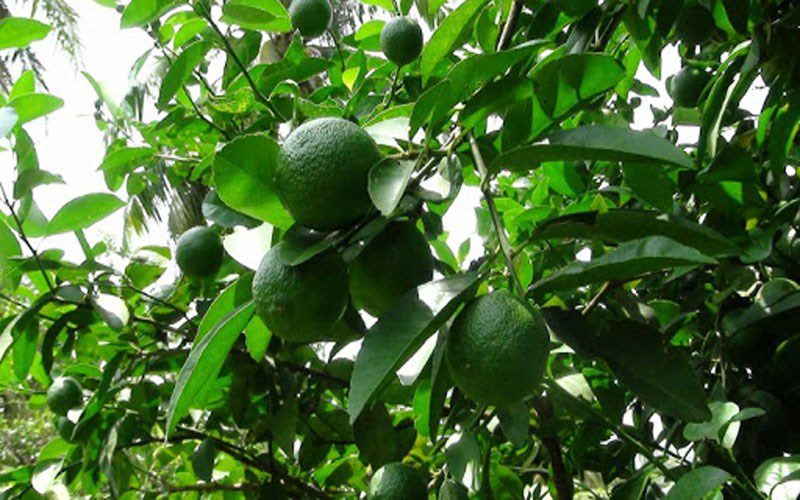
Western lime
Western lime, or yellow lime, was first developed in northeastern India. It was then introduced to Europe near southern Italy around the first century during Ancient Rome.
Around the years 1000 and 1150, western lime was widely distributed throughout Arabia and the Mediterranean region.
Western lime belongs to the shrub species, with yellow oval-shaped fruit, the special feature of this lime is that it has two knobs at the top; lime juice contains about 5% to 6% citric acid.
In addition to lime juice being served for culinary purposes and other purposes, the flesh, peel, and leaves are also used in various fields (culinary, essential oil extraction, pharmaceuticals…).
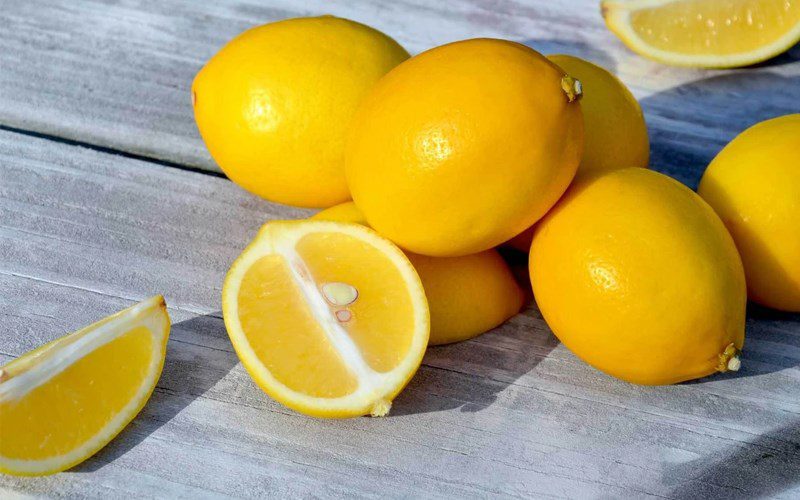
Seedless lime
Seedless lime, also known as four-season lime, has the scientific name Citrus latifolia. The origin of seedless lime comes from California, USA, and was hybridized by John T. Bearss in 1895.
Seedless lime has fruit with a diameter of about 6 cm; compared to local lime, seedless lime is larger, has a tougher skin, no thorns on the stem, and the fruit forms in clusters, while seedless lime has a thin skin.
The special feature of this lime variety is that it has no seeds, and the taste of the fruit is less sour and lacks the characteristic bitterness of local lime.
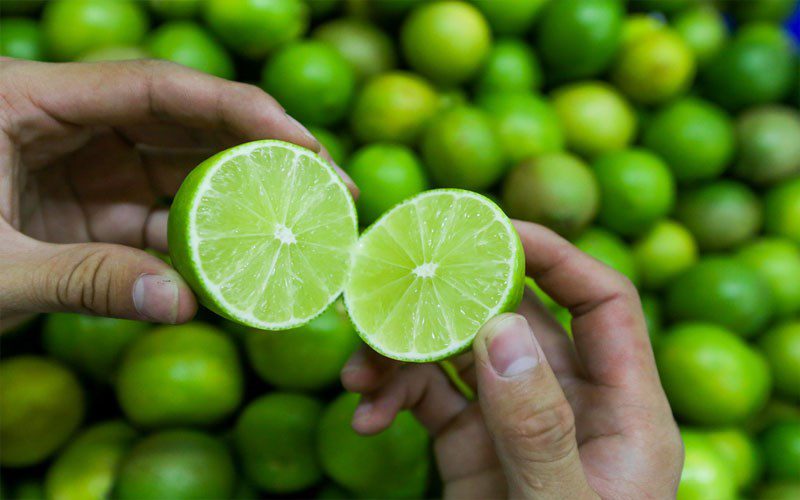
Paper lime
Paper lime has the scientific name Citrus x Latifolia, originating from Southeast Asia.
Paper lime has a smooth, glossy trunk, with both seedless and seeded varieties, large and round fruits, a thin green shiny skin, and a fragrant lime scent with a very characteristic sour taste. Paper lime is particularly juicy and very aromatic.
Paper lime is widely grown in the southern regions of our country. Paper lime has a large canopy, a well-distributed branch system, and thick, dark green leaves. The leaves are large and less prone to yellowing. On average, it takes about 8 to 15 limes to make 1 kg.
In addition to its usual nutritional values, in the processing industry, paper lime is also used as an important ingredient for producing candies, juices, cosmetics, and cleaning products, among others.
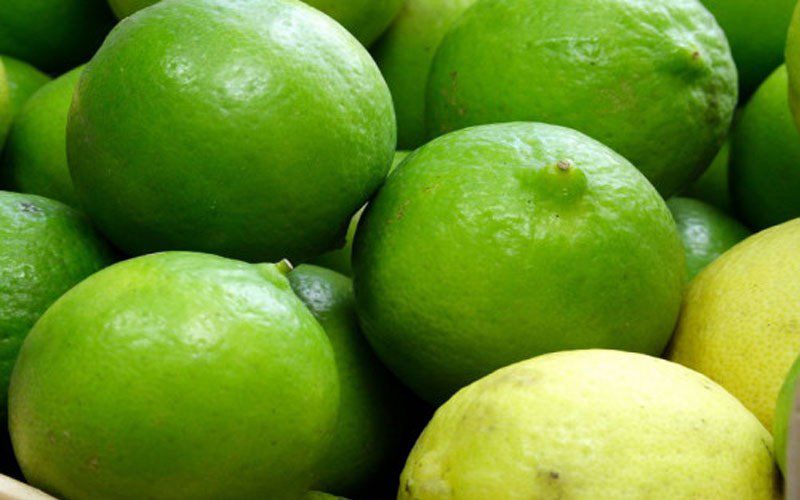
Peach lime
Peach lime originates from the northern provinces and the Da Lat region. The season for peach lime falls around August and September each year; during these months, peach limes are abundantly sold on the streets.
Peach lime
Peach lime originates from the northern provinces and the Da Lat region. The season for peach lime falls around August and September each year; during these months, peach limes are abundantly sold on the streets.
The difference from regular lemons is that the đào lemon has a peach-colored interior that is very eye-catching and fragrant. The skin of the đào lemon is usually very thin, a beautiful yellow color mixed with green, containing a lot of essential oils.
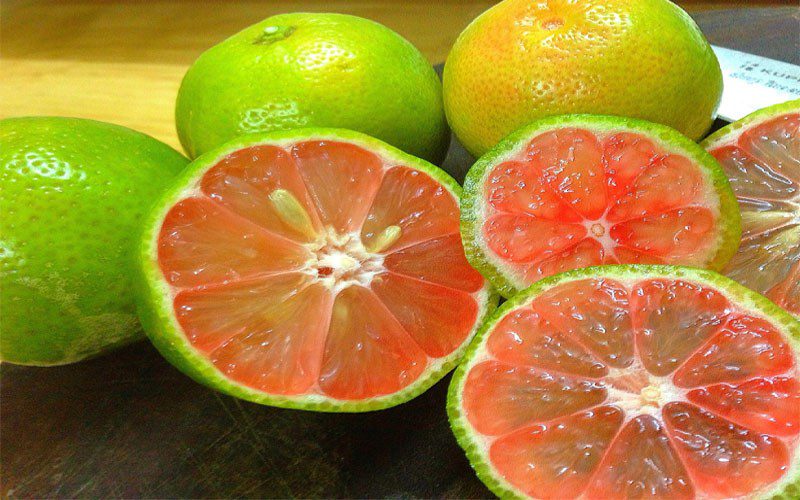
Thai Lemon
Thai Lemon, also known as Thai lime or Chúc (Trúc), scientifically named Citrus hystrix. Thai lemons are native to Laos, Indonesia, Malaysia, and Thailand.
Thai lemons are now widely cultivated around the world, in Vietnam, Thai lemon trees grow wild and are planted in many places but are commonly found as an indigenous species in An Giang region.
People grow Thai lemons for seasoning, flavoring, and cosmetics. The special feature of Thai lemons lies in their leaves, which are a distinctive spice in Thai cuisine.
The dish tom yum from Thailand has become a culinary gem partly thanks to this plant, which is why this lemon tree is commonly referred to as “Thai lemon.”
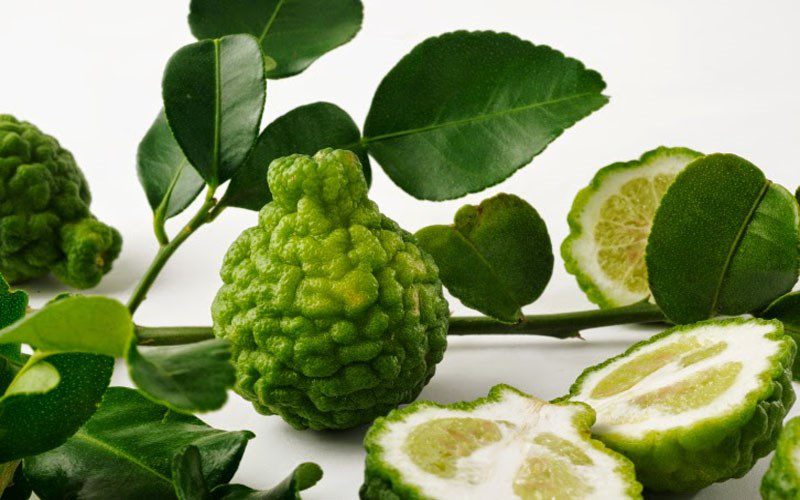
2. Unique and Exotic Types of Lemons
Finger Lime
Finger lime is known in English as “finger lime.” This type of lime is named finger lime because it resembles a human finger.
Finger lime originates from Australia and has been known as a popular condiment among the indigenous people of Australia from ancient times to the present.
Currently, the largest finger lime trees can still be found in the rainforests along the eastern coast of Australia.
On the outside, it has the shape of a finger, and when cut open, you will see lime segments that look like salmon roe. Therefore, aside from this name, finger lime is often referred to as “salmon roe lime.”
Finger lime trees have a straight trunk, smaller leaves compared to other types of limes, but the thorns are relatively larger.
The small lemon grows elongated in a cylindrical shape about 10cm. Another special point is that the lemon is not just one color; it comes in 4 to 5 different eye-catching colors, ranging from light green, dark green, bright red to dark red.
The flowers of the finger lime are small, white, and quite fragrant. When ripe, the outer skin of the lime is quite thin and juicy. When you cut the lime in half and gently squeeze both ends, the flesh inside will burst out like clusters of salmon eggs.
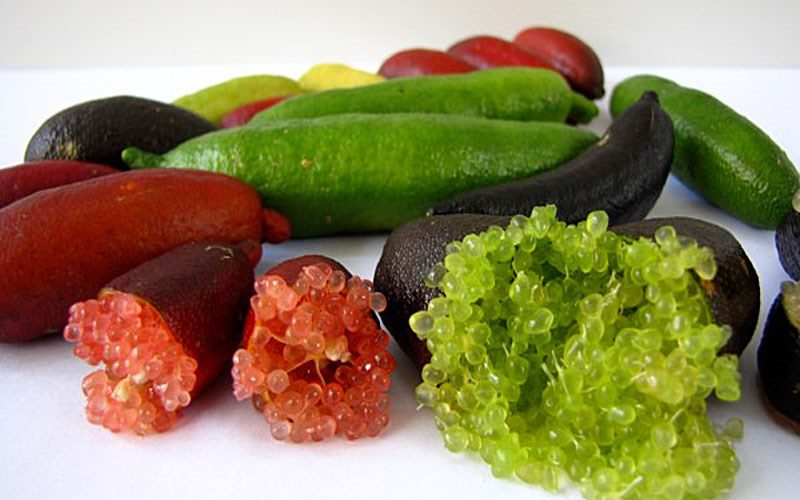
Red lime (blood lime)
The name of this lime indicates its distinctive feature – red lime, different from the usual colors of other lime varieties. The red lime has an eye-catching dark red color that attracts attention at first sight.
The red lime has two English names: Red Lime or Blood Lime. This is one of the rare specialty limes famous worldwide from Australia, considered a source of pride for the local people and is grown over a large area.
A mature red lime tree can reach a height of about 6-8 meters. It has a wide canopy with long leaves, and typically, the red lime will bloom around July. Its flowers are purple inside and white when blooming, with a quite pleasant fragrance.
The mature red lime has a diameter of about 3-5cm, elongated in shape, and is usually larger than the common limes. The thick, shiny skin is green when young and gradually turns to a reddish-purple when ripe.
Red limes can be stored longer than other lime varieties; after harvesting, they can be kept in a cool place for a very long time.
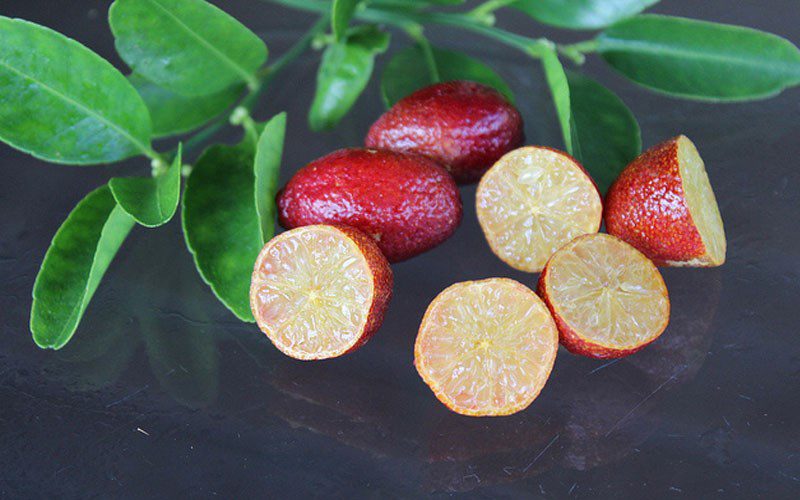
Yen lime (Thanh yen)
Yen lime, also known as Thanh yen, has the scientific name Citrus limonimedica or Citrus medica.
The origin of Thanh yen is indigenous to India, Myanmar, and the Mediterranean region. In Vietnam, this tree is cultivated from Lang Son to Lam Dong.
The Thanh yen tree is a small woody plant, with a height ranging from 2.5m to 5m. The flowers of the Thanh yen have a fragrant smell, white with a hint of red-purple.
The Yen lime bears fruit in June each year, with a fairly large size of about (12 – 20) x (8 – 12) cm.
When ripe, the fruit will be yellow, with a rough, thick skin, a mild and fragrant smell. When you cut the lime open, you will find quite thick white pulp, with little flesh, white in color and slightly sour.
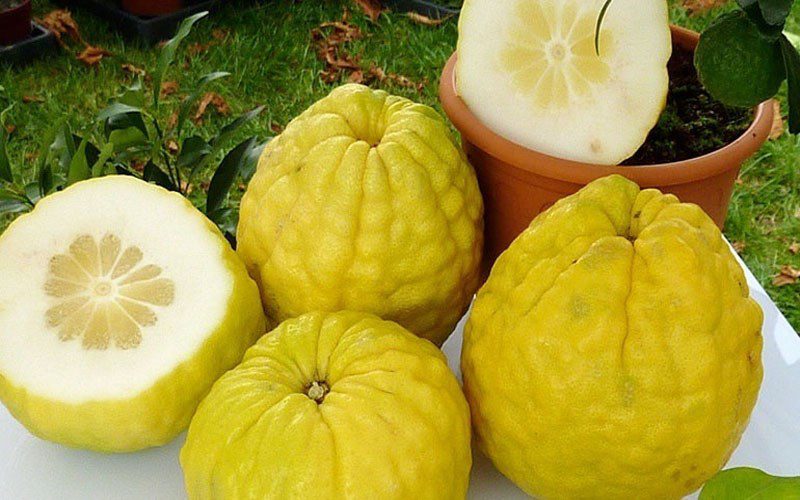
3. How to choose fresh limes that are not contaminated
Smell test
Try smelling the lime; if it has the light fragrant smell typical of limes, it is fresh, while limes with a strong, unpleasant odor may contain chemicals or pesticides that have not dissipated before being brought to market.
Limes with a foul smell will not be good for consumers’ health.
Observe the shape of the fruit
Fresh limes have smooth, glossy skin without wrinkles or lumps and will contain higher vitamin levels compared to others.
Observe the size of the fruit
Instead of choosing large limes, opt for medium-sized but heavy limes; heavier limes will contain more juice, be fresher, and of better quality.
You should also avoid choosing very small limes, as they may be under-ripe, which will taste bitter, typically contain less juice, and lack essential nutrients.
Another thing is that limes that are excessively large may have been treated with many growth hormones, so it’s advisable to limit choosing them.
Observe the color of the fruit
Select limes that are bright green, with thin and vibrant skin, and without any mold.
Avoid buying limes that are dark green or have yellow spots on the skin; usually, these are old limes, whose juice may be bland and lacking the necessary sour and fragrant taste, which could negatively impact health.
Pay attention to the origin
To determine the quality of limes, the first thing to pay attention to is their origin.
This is especially important if you use lime peels for baking or eating directly. The farming process is a key factor in determining whether limes are contaminated. Therefore, you should choose fruits that clearly state their origin or ask the seller about their source.
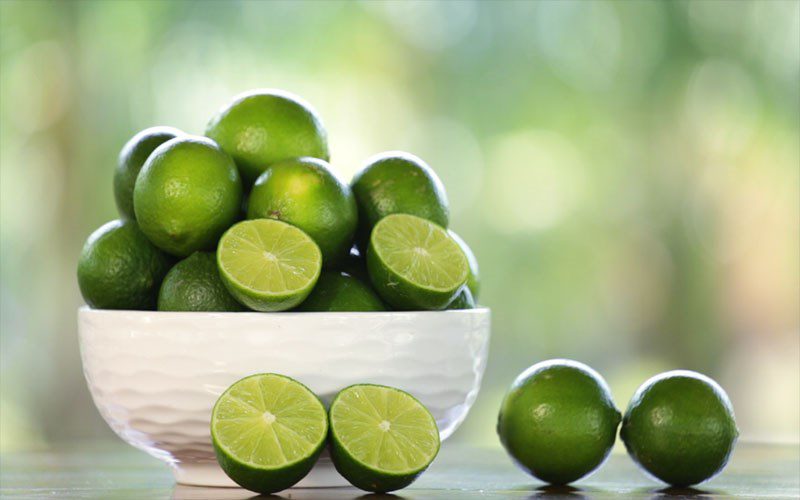
4. How to store limes for a long time
If you know how to properly store limes, they will last longer than usual.
Before storing lemons, let’s wash them thoroughly with water to remove any impurities and dirt on the surface. Then, let the lemons dry completely or use a paper towel to dry them off.
Wrap each lemon tightly with newspaper or plastic wrap.
Place them in a plastic bag and store them in the refrigerator’s vegetable compartment.
This method will help keep the lemons fresh for a longer time!
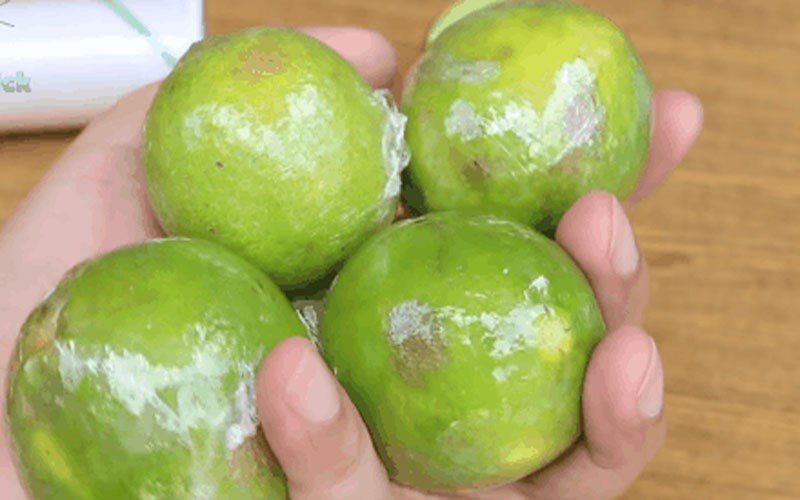
See more
See more
Recently, TasteVN has explored with you about an overview of different types of lemons, how to choose and how to preserve lemons that can last long. We hope this article can provide you with the necessary information. Don’t forget to regularly visit the cooking tips section to learn more useful knowledge!
Source of information referenced from Wikipedia
